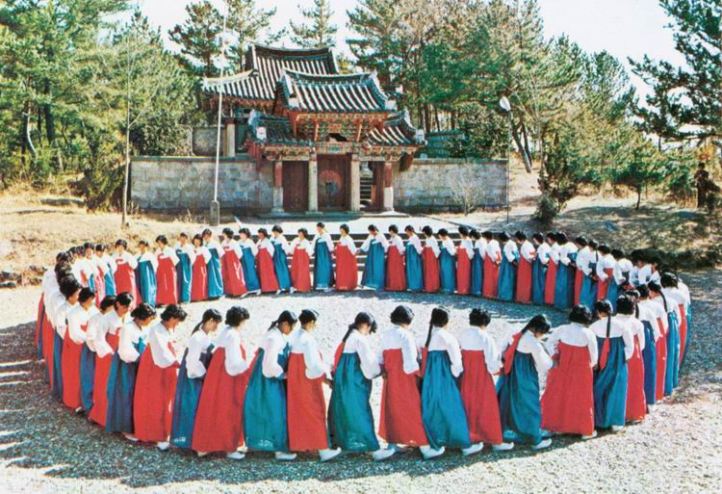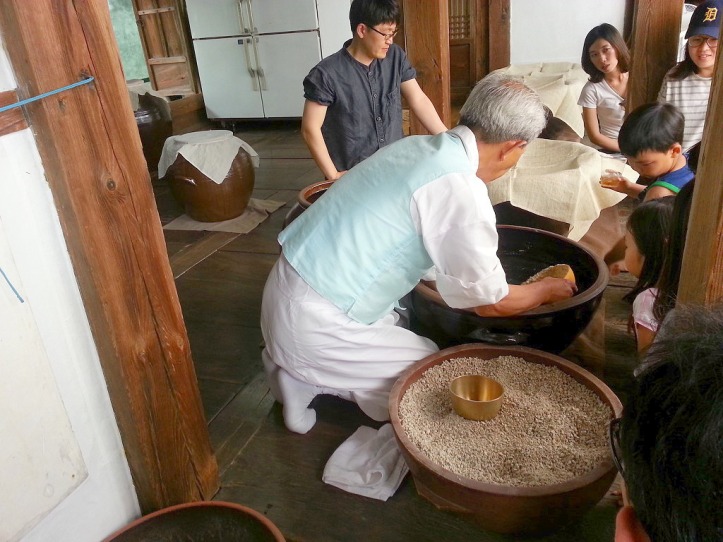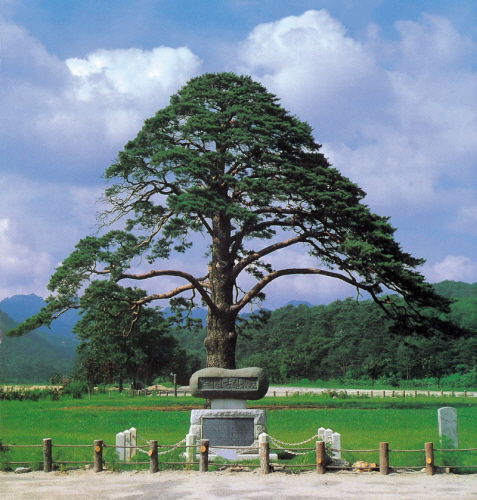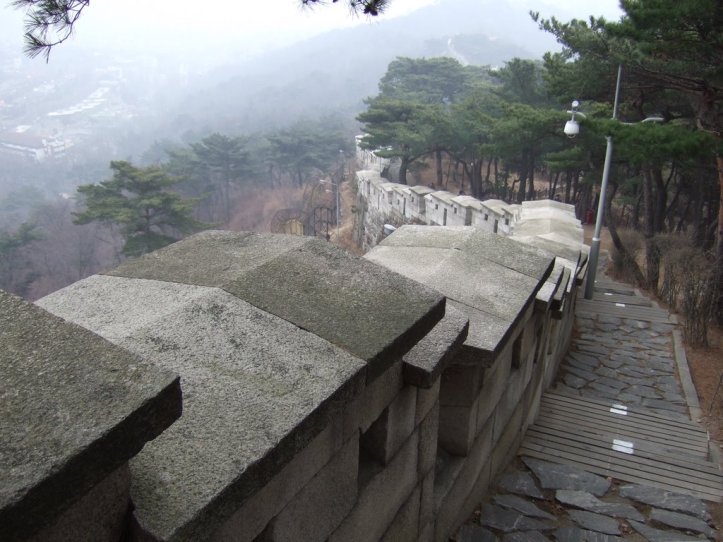Ez a cikk a blog.korea.net számára készült angolul. Magyarul itt olvashatod.
South Korea has a very distinctive system to preserve cultural heritage. If you frequently read about Korean culture, you most probably heard about the National Treasure system and most likely you also know that the famous Namdaemun in Seoul is designated as National Treasure #1. Bu did you know that the heritage system is a bit more complex and a lot more widespread than that? Let’s take a look at how Korea aims to preserve its culture!

Who?
Cultural properties are managed by the Cultural Heritage Administration (CHA), a government agency currently holding a sub-ministerial rank, headquartered in Daejeon. Besides taking usual measures to preserve the nation’s history, the CHA also established the Korea National University of Cultural Heritage, which aims to bring knowledgeable and skillful workforce to the field. The CHA also maintains several research institutes, the National Palace Museum and a handful of offices to manage the palaces throughout the country.
Fun tidbit: in 2012 the Administration had a budget equaling nearly 600 million USD.
What?
Korean cultural heritage is defined in five major categories and each has sub-classifications.
State-designated heritage is what the CHA directly decides on, based on the principles of the Cultural Heritage Protection Act. It differentiates between National Treasures, Treasures, Historic Sites, Scenic Sites, Natural Monuments, Important Intangible Cultural Heritage and Important Folklore Cultural Heritage. The first four categories relate to tangible things, like buildings, documents, sculptures, handicraft, armory and archaeological findings. Intangible heritage is what you cannot touch with your hands but are equally important in a nation’s history: literature, theatre, dance, music and craftsmanship (not the actual articles they make but the skills and knowledge it requires, like how to make traditional hats, bows, masks etc). Natural monuments are animals, plants, caves, geological formations, natural phenomena; this includes forests, natural habitats of indigenous animals and the like.

Fun tidbit #1: Did you know that some special artisan soju and yakju types are inscribed as Intangible Cultural Heritage? For example Gyeongju Gyodong Beopju (경주 교동법주) is designated as Important Intangible Cultural Heritage No.96. It has been made by the members of one family in Gyeongju for over 300 years now and it is brewed by a special double-fermentation process.

Fun tidbit #2: a famous old pine tree was once given the rank of a minister! The Jeongipumsong is at Songnisan, in North Chungcheong province and according to a legend, King Sejo in the 15th century was once carried under it but his palanquin got stuck in the low branches of the tree. As soon as the king said ‘The palanquin got stuck’, the pine tree raised its branches so the king could pass. As a reward, the tree was officially declared to be a minister by the king. The tree is preserved as a Natural Monument.

Tip: Treasures and National Treasures are similar in requirements, the difference is that National Treasures are considered important not only from a Korean point of view but generally for humankind.

Besides the state, provinces and cities also have the right to designate cultural assets that have not been selected by the CHA as state-designated. They work with similar categories, preserving tangible, intangible heritage, monuments (like tombs, relic sites, animals and even minerals) and elements of folklore.
The third category is Cultural Heritage Material, which are regionally important assets that had not been included in the first two major divisions. Then we have the Cultural Heritage of Early Modern Times, these are valued architectural structures or facilities built between the late 19th century and 1940, in need of preservation because of their poor condition. And lastly, we have the category of Undesignated Cultural Heritage. It includes movable items like wood blocks, paintings, books, whose export is prohibited due to their value, as well as cultural heritage buried under the ground or concealed in the sea.
Some of the preserved cultural heritage of Korea has been inscribed into the list of UNESCO World Heritage, as well, with a few others under consideration.
How many?
There are 405 National Treasures in Korea, 2033 items designated as Treasures, 483 Historic Sites (including for example the Hwaseong Fortess and the Fortress Walls of Seoul), 51 Scenic Sites, including the so-called “Moses Miracle” that happens roughly twice a year as the sea parts between Jindo Island and Modo Island. There are also a 420 Natural Monuments, a 130 Intangible Cultural Heritage items, over a thousand assets designated as Important Folklore Cultural Heritage a roughly 430 buildings and structures of Early Modern Times registered.
[youtube https://www.youtube.com/watch?v=Je5wlz86Sgg]
Source: Cultural Heritage Administration

